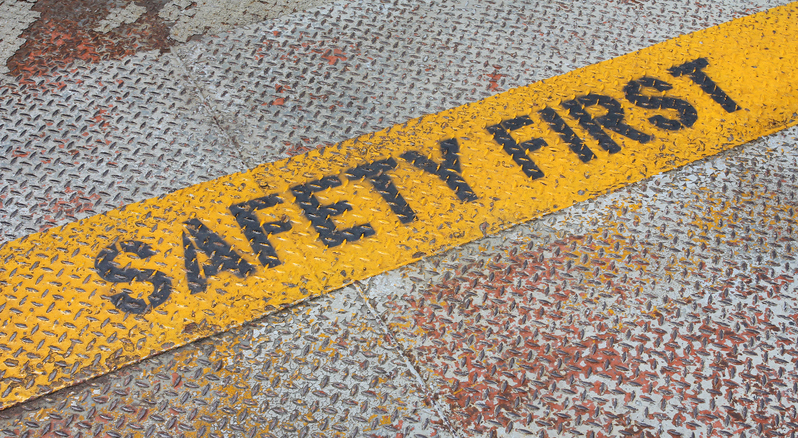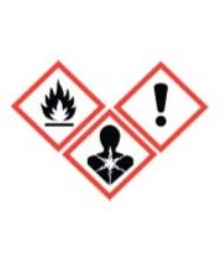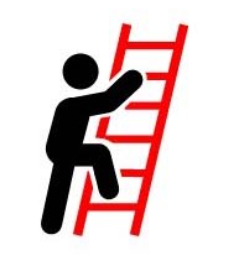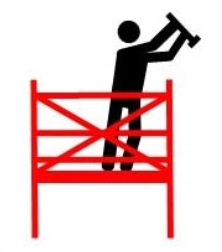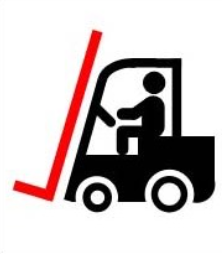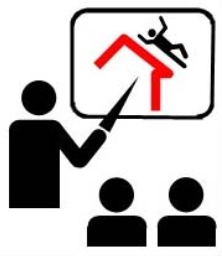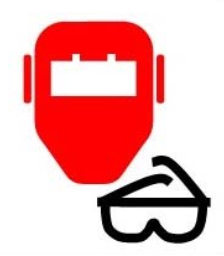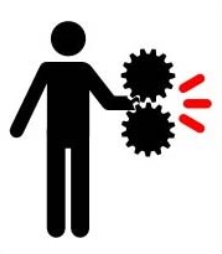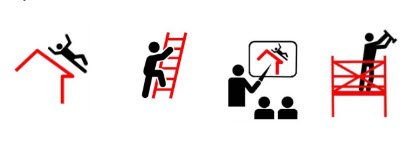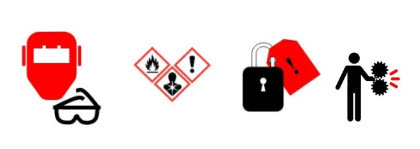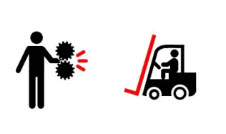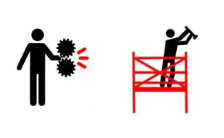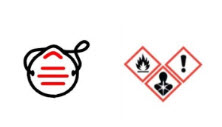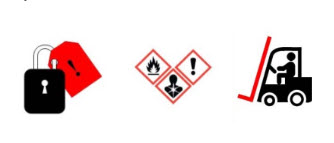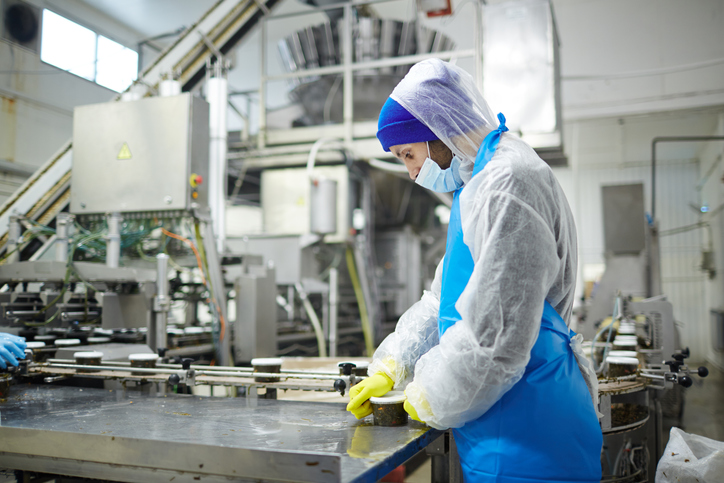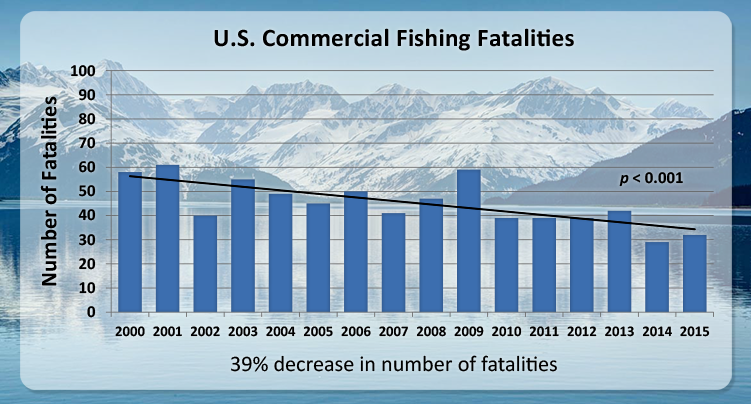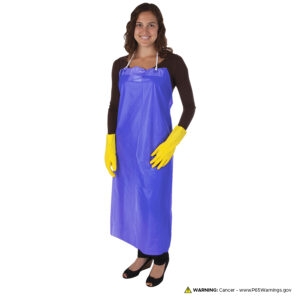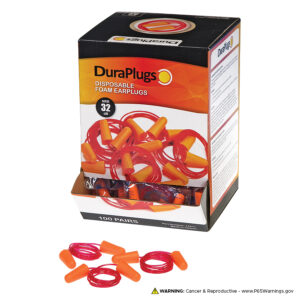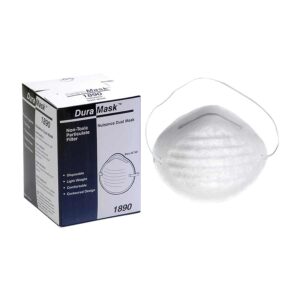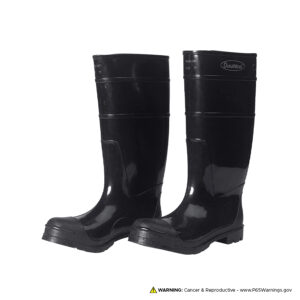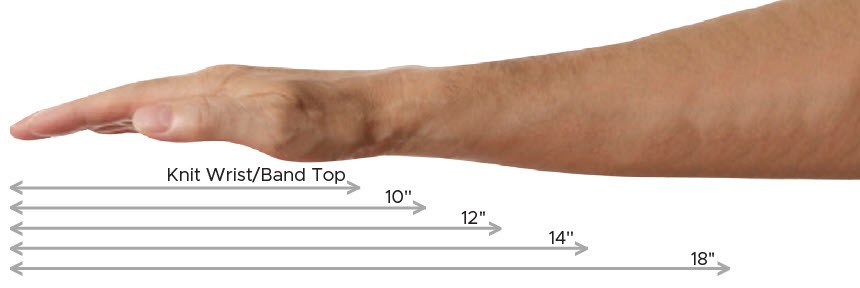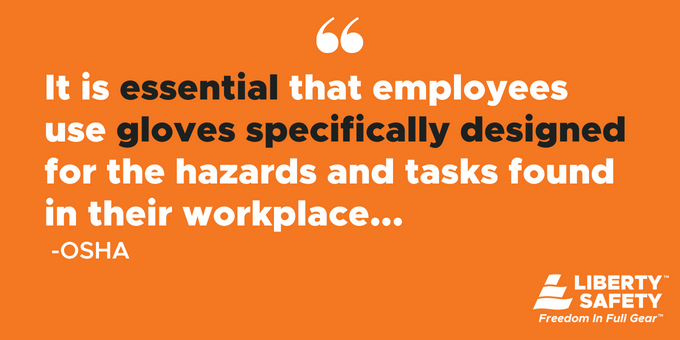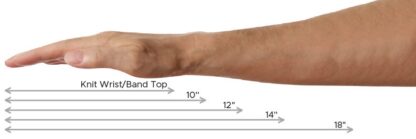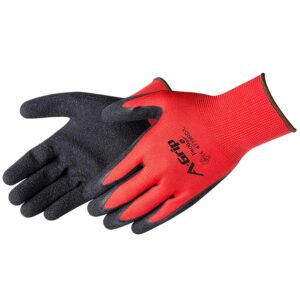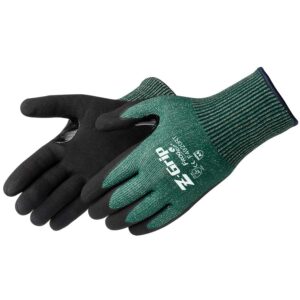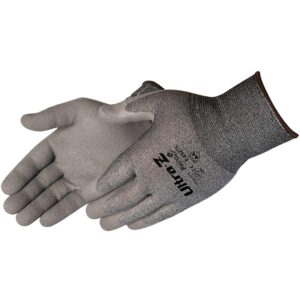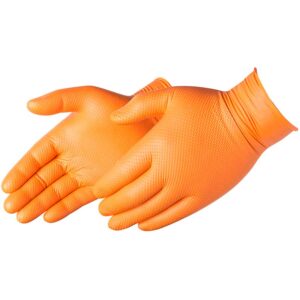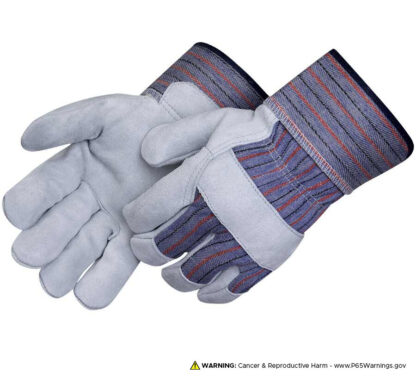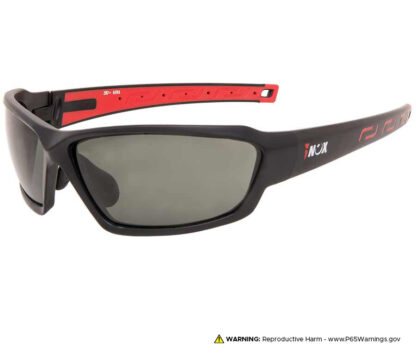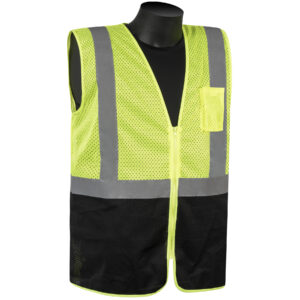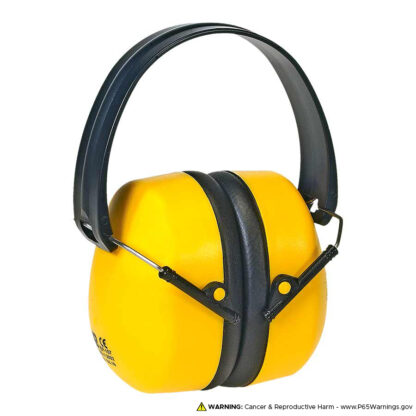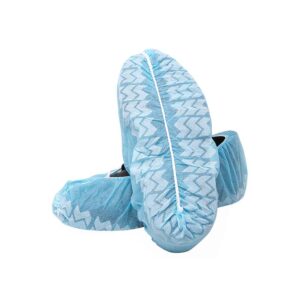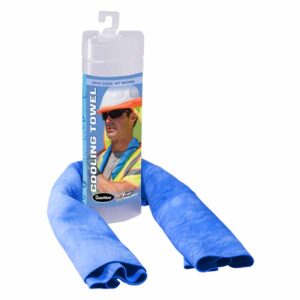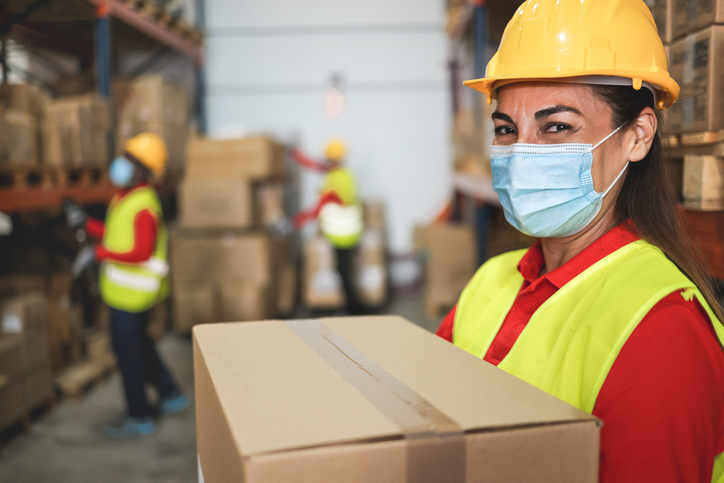
Influenza is a yearly occurrence, and it can result in employees missing work and losses in revenue. The right personal protective equipment (PPE) can play a significant role in helping reduce the spread of the flu.
The Centers for Disease Control and Prevention (CDC) estimates that, so far this season, there have been at least 25 million illnesses, 270,000 hospitalizations, and 17,000 deaths from flu.
In response to these alarming numbers, the CDC advises employers help minimize the spread of the flu by:
- Encouraging flu vaccinations
- Offering a flexible sick leave policy
- Maintaining easily accessible hand hygiene stations
- Using proper administrative controls
- Providing appropriate personal protective equipment (PPE)
Let’s dig a little deeper into the role of PPE in helping protect your team and your business from influenza. We’ll start with the two most impactful pieces of PPE: Masks and gloves.
How Do Masks Help Reduce the Spread of Influenza?
Influenza is thought to be mostly spread through large droplets that directly contact the nose, mouth, or eyes. But a 2020 study showed that individuals with either COVID-19 or influenza expelled fewer viral particles when wearing a surgical mask.
The study shows that masks are an effective precaution people can take to reduce their chances of catching or spreading the flu virus. How much a mask will prevent the spread of flu depends on the type of mask worn, when it is worn and how close the wearer is to other people.
Disposable masks are a good choice for most workers because they can be thrown away instead of requiring sanitizing after each use. This makes them more convenient and less expensive to purchase than reusable masks.
- For office environments, a disposable surgical mask is usually an appropriate option.
- For higher risk environments, like healthcare settings, NIOSH approved N95 masks are recommended.
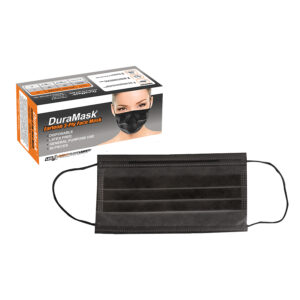 | 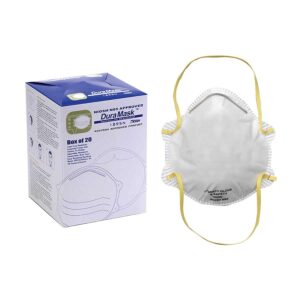 | |
3-Ply Face Mask with Ear Loops – Liberty Safety The nose pieces in the DuraMask™ 3-ply Face Mask with Ear Loops hold their position, so you don’t have to keep pulling it up or down to keep it in place. It’s lightweight enough to be comfortable but sturdy enough to withstand the needed adjustments. | NIOSH N95 Particulate Respirator with Head Straps – Liberty Safety The DuraMask™ NIOSH N95 respirator mask helps protect a worker’s lungs and throat from exposure to the flu virus in high-risk environments. It has an adjustable aluminum nose piece, comfort-fit nose foam, and a latex-free double-head strap. |
5 Ways to Use and Care for Your Face Mask
It’s important to follow the directions in wearing and caring for your face mask. Below are a few helpful tips for the correct and consistent care of masks.
- Ensure mask has a proper size and fit.
- Avoid touching the mask and face.
- Immediately discard the mask in a waste container.
- Wash or sanitize your hands after removing a mask.
- Disposable masks should be thrown away after they’re worn once.
How Do Gloves Help Reduce the Spread of Influenza?
Research shows that the influenza virus can maintain infectivity on various surfaces such as stainless steel, plastic, fabrics, and paper. That means when you touch objects contaminated with influenza viruses without gloves, you risk transferring the infected material from your hands to your nose, mouth, or eyes.
Wearing disposable gloves when touching surfaces that may be infected may be necessary to protect yourself.
Vinyl disposable gloves, like the DuraSkin® Green Vinyl Disposable Gloves, are great for non-hazardous work environments and are often a less expensive option. They’re good gloves for wearing for a short period when doing low-risk tasks like painting or food prep.
Nitrile disposable gloves, like the DuraSkin® Blue Nitrile disposable gloves, come in various thicknesses. Nitrile is often preferred when workers need more robust protection or chemical resistance, like in a healthcare setting. These gloves are a great alternative for those who are allergic to latex.
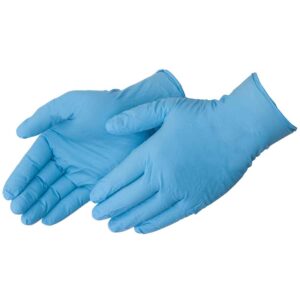 | 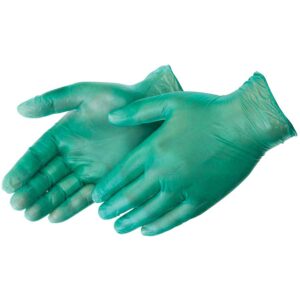 | |
Blue Nitrile Disposable Gloves – The DuraSkin® Blue Nitrile Disposable Gloves are offered with standard (medical grade) or 6 mils (industrial grade) thickness. Both are powder-free, ISO 9001 factory approved and comply with federal regulations for food contact. | Green Vinyl Disposable Gloves – The DuraSkin® Green Vinyl Disposable Gloves are great for non-hazardous work environments and are often a less expensive option. They are also food-safe and latex free. |
Important: Putting On and Taking Off PPE
According to the Occupational Safety and Health Administration (OSHA), every business should establish protocols and provide education on the PPE required. That includes making workers aware of how to safely put each garment on (donning) and take off (doffing).
The CDC provides a general overview for donning and doffing PPE that is commonly worn together. But it’s also a good idea to ensure the protection of your workers by showing them the recommended steps for donning and doffing masks and gloves.
What Else Can Individuals Do to Protect Themselves at Work?
Other ways individuals can protect themselves include:
- Stay at home if you are sick. CDC recommends that workers with a fever and respiratory symptoms stay at home until 24 hours after their fever ends (100 degrees Fahrenheit [37.8 degrees Celsius] or lower) without medication.
- Keep frequently touched common surfaces (e.g., telephones, computer equipment, etc.) clean.
- Try to use something other than a coworker’s phone, desk, office, computer, or other work tools and equipment. If you must use a coworker’s equipment, consider cleaning it first with a disinfectant or wearing gloves.
- Stay in shape. Eat a healthy diet. Get plenty of rest, exercise, and relaxation.
- Participate in all training offered by your employer. Ensure that you understand your exposure risk, your facility’s policies and procedures for isolation precautions, use of workplace controls, work practices, and PPE protection during aerosol-generating procedures, and potential flu complications.
Help Minimize the Risks Together
When it comes to flu season, putting the appropriate controls in place and using the correct PPE can help ensure everyone can do their job without getting sick.
But the success and productiveness of any business will depend on its commitment to the health and safety of its workers.
So when it comes time to find the best selection of PPE for your workers, Liberty Safety can help. Contact us to learn more about our line of personal protective equipment for respiratory illnesses and other safety concerns.


